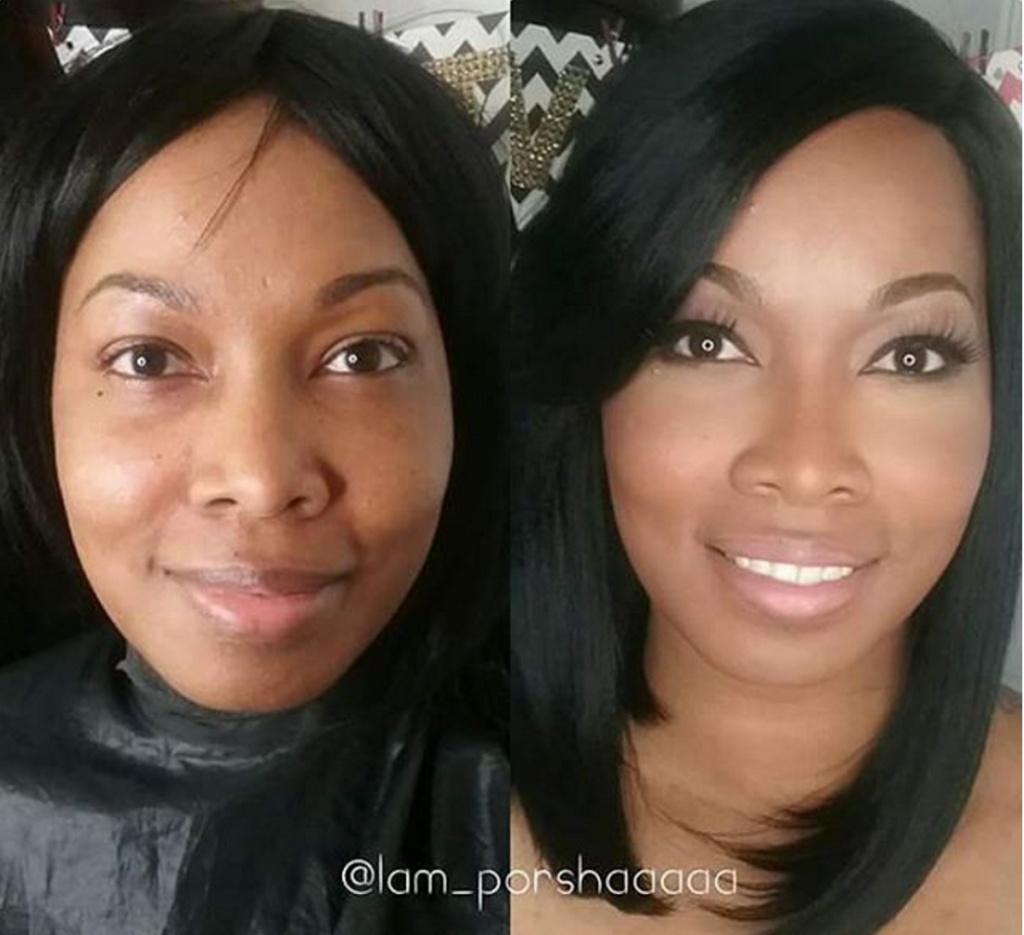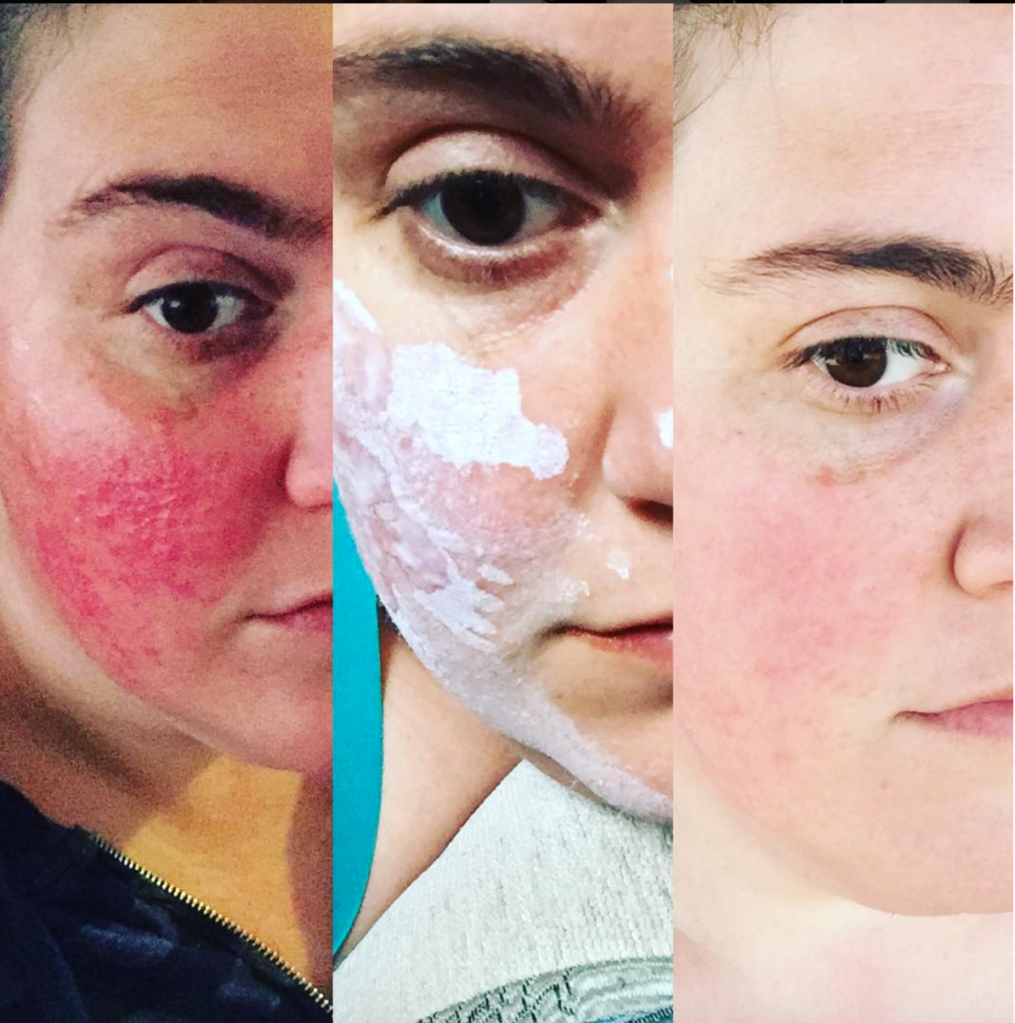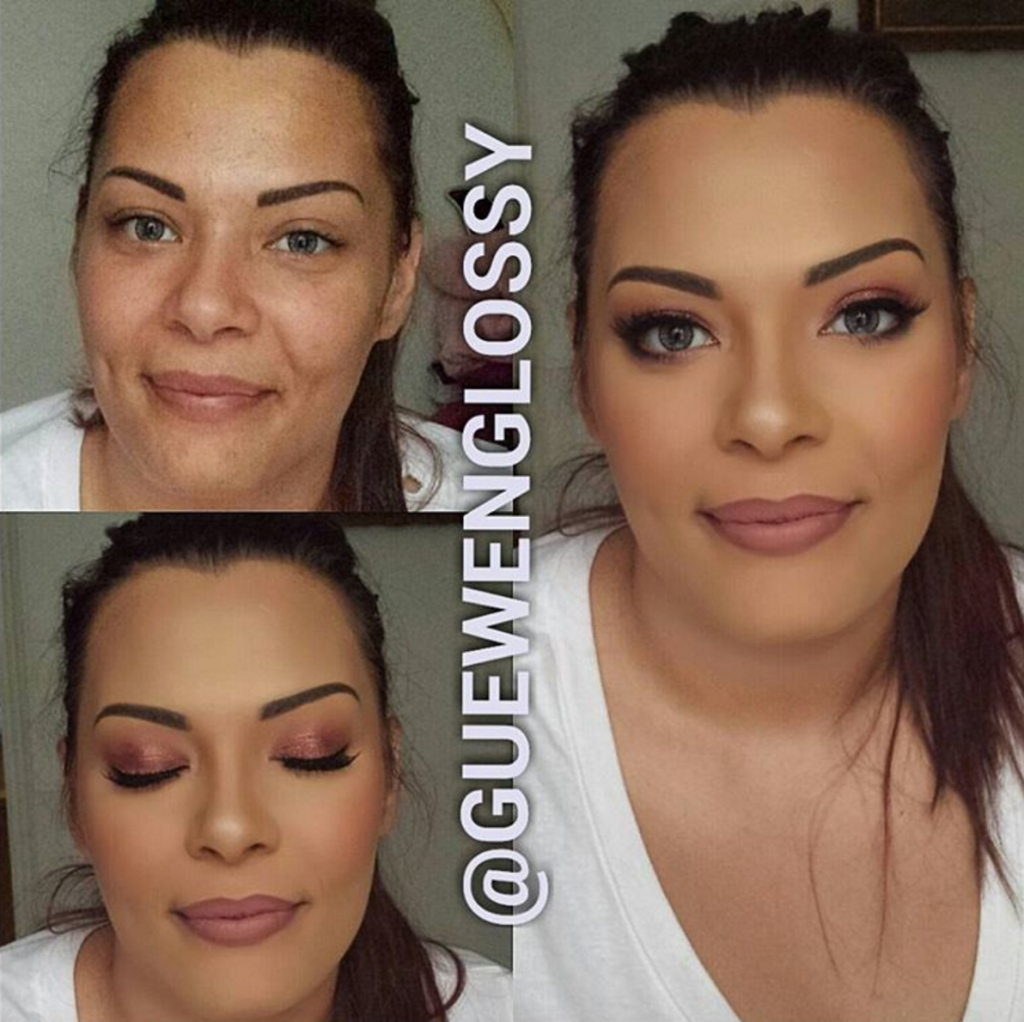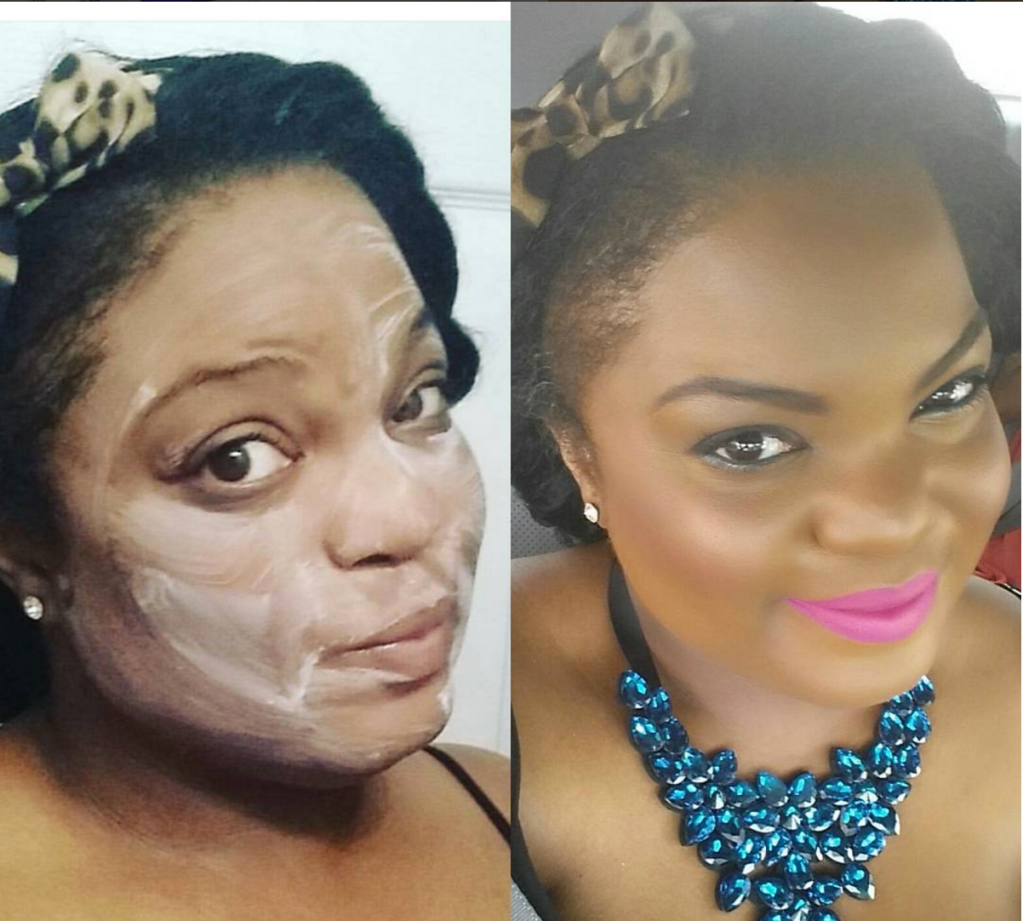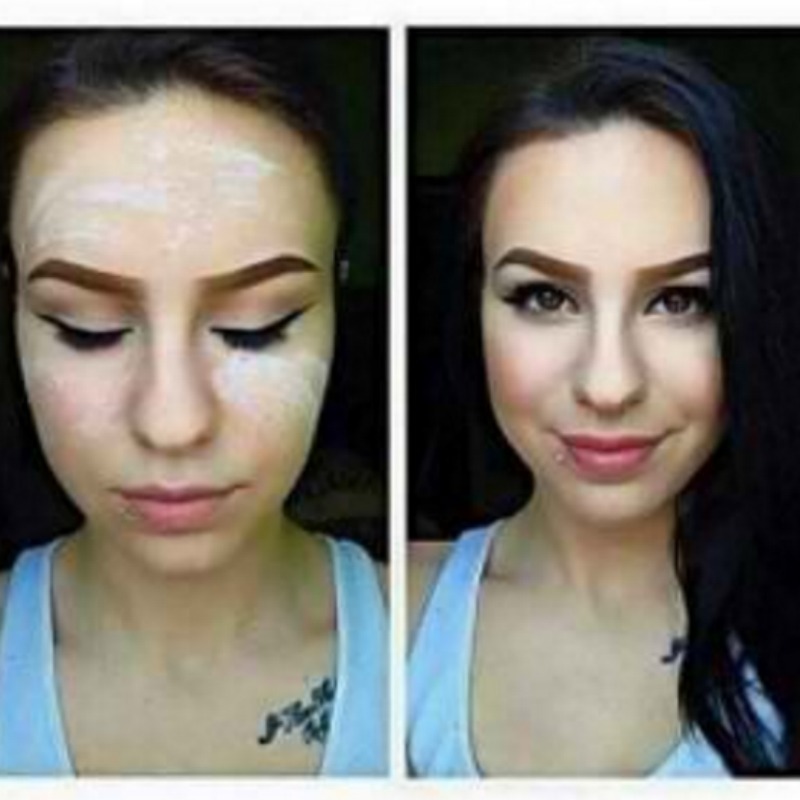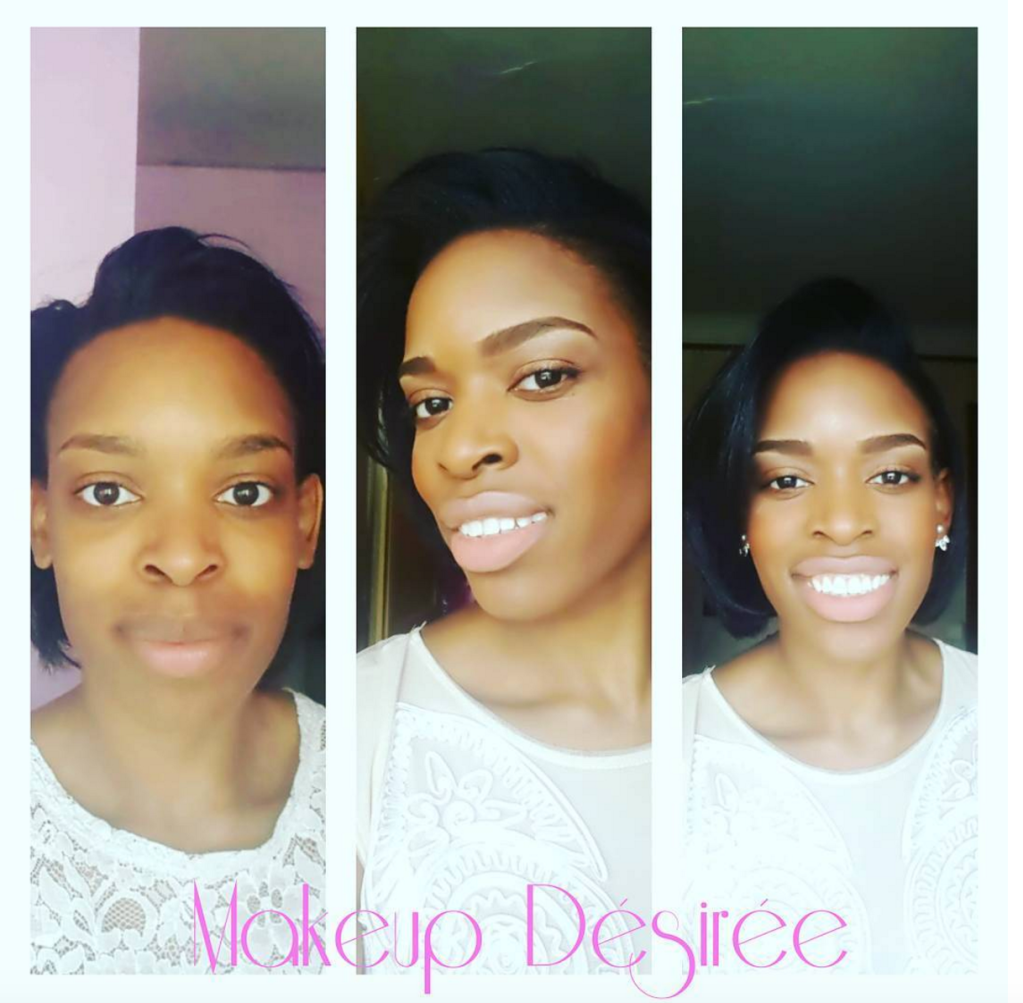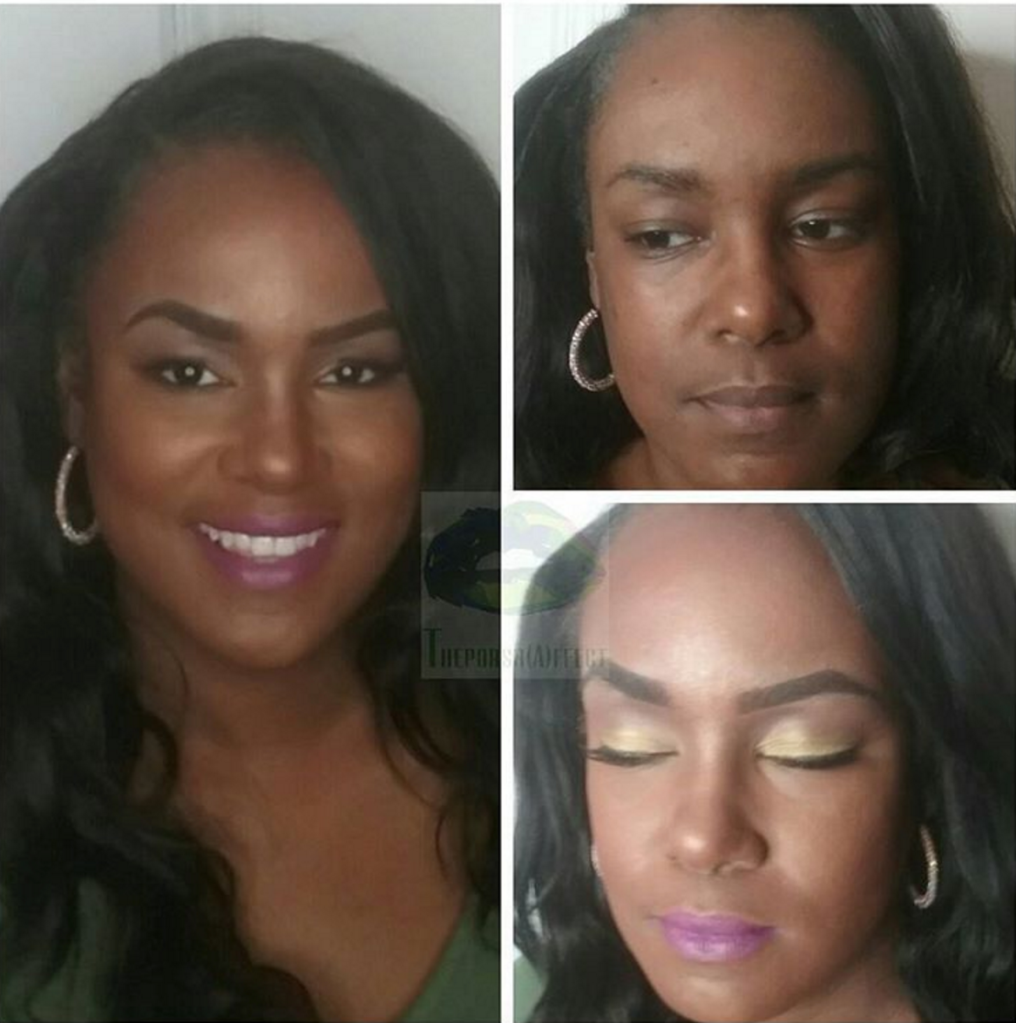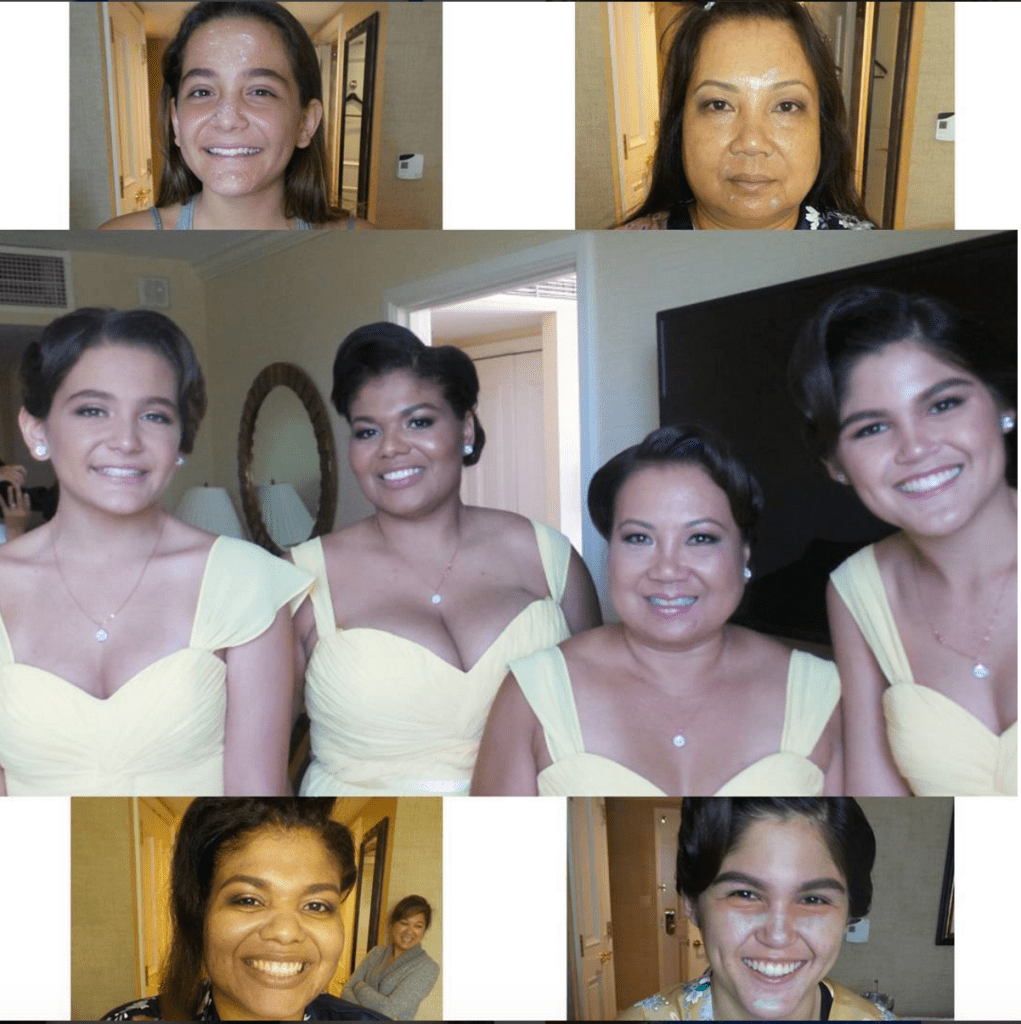This Is What Your Wrinkles Mean

Cracks, crow’s feet and how-did-they-even-get-there creases… yep, everyone has wrinkles.
That said, while we’re proud to celebrate the occasional crinkle here and there (hey, we’re getting older, wiser – and have the dimples and divots to prove it), not all skin crinkles are down to aging.
So, before you scrunch up your nose – and bring on a stress-induced wrinkle! – Emma Hobson, education manager for the International Dermal Institute and Dermalogica, and nutritionist and skincare expert Fiona Tuck, school us on what these lines really say about your health – and how to rectify them.
Horizontal lines on your forehead
You may not realize but those above-brow wrinkles could be an indication that something is not quite right with your bladder and stomach.
“The upper part of the forehead is associated with the bladder, so lines indicating long-term stress on this organ may be related to a weak bladder and regular bladder infections,” Hobson explains.
“Then, the lower part of the forehead being linked to the stomach may relate to a ‘stressed’ stomach, poor digestion, prone to eating too late at night, too acidic a stomach and, in extreme cases, ulcers.”
Tuck agrees, adding that if the condition is more current, you may notice breakouts or bumps under the skin, which could be down to a rich diet or food intolerances.
How to treat it
Hobson explains the first step is to avoid eating after 8 p.m. “Don’t overload the stomach with foods that are hard to digest,” she explains. “Drink plenty of water and go to the toilet regularly for good bladder health.”
Cracks around your mouth and chin
It’s not just that your toothpaste could be leaving your pout chapped and cracked; as our experts tell us, it could be your gut’s way of telling you something’s up.
“The mouth and the chin area can relate to the reproductive system and colon area,” Tuck asserts. “Deep lines from the nose to the chin can indicate a weakness in your gut health (think Irritable Bowel Syndrome, constipation and leaky gut).
Not only that, but Hobson says lines on the upper-lip represent the reproductive organs.
“For women, the mouth can often seem to age quickly around menopause when the reproductive organs come to the end of their life cycle.”
How to treat it
As Hobson advises, smooth and exfoliate your skin with a gentle daily microfoliant, then diminish the fine lines using a red seaweed extract and peptide serum to tighten the skin tissue.
Oh, and quit smoking.
Lines around your eyes
Paper-thin skin surrounding your eyes, as Hobson tells us, make this area of your face the first place to age naturally.
However, as she continues, the eyes are also sister organs to the liver. “The liver is responsible for blood cleansing and elimination of toxins, so a diet heavy in toxins for prolonged periods could be a contributor to the lines around the eyes.”
“The eyes are also considered to also be related to the heart organ – the heart is responsible for good circulation.”
Aside from liver and heart health, Tuck says puffy eyes and bags beneath your eyes can signify nutritional deficiencies, including “low omega-3 essential fatty acid intake, kidney stress and sometimes, high blood pressure”.
How to treat it
“Use a good gentle retinol (vitamin A) cream around the eyes fortified with skin strengthening and collagen stimulating peptides,” Hobson advises, and wear wide-brimmed hats and good-quality sunglasses.
Although, Tuck stresses that before self-diagnosing your symptoms, be sure to speak to your doctor first.
“The way we sleep, use our facial muscles and what we do and do not eat can also play a role in how wrinkles form so it is important to remember not to self-diagnose and always seek professional advice if you have any health concerns.”
This post was written by Ellie McDonald. For more, check out our sister site Woman’s Day.

